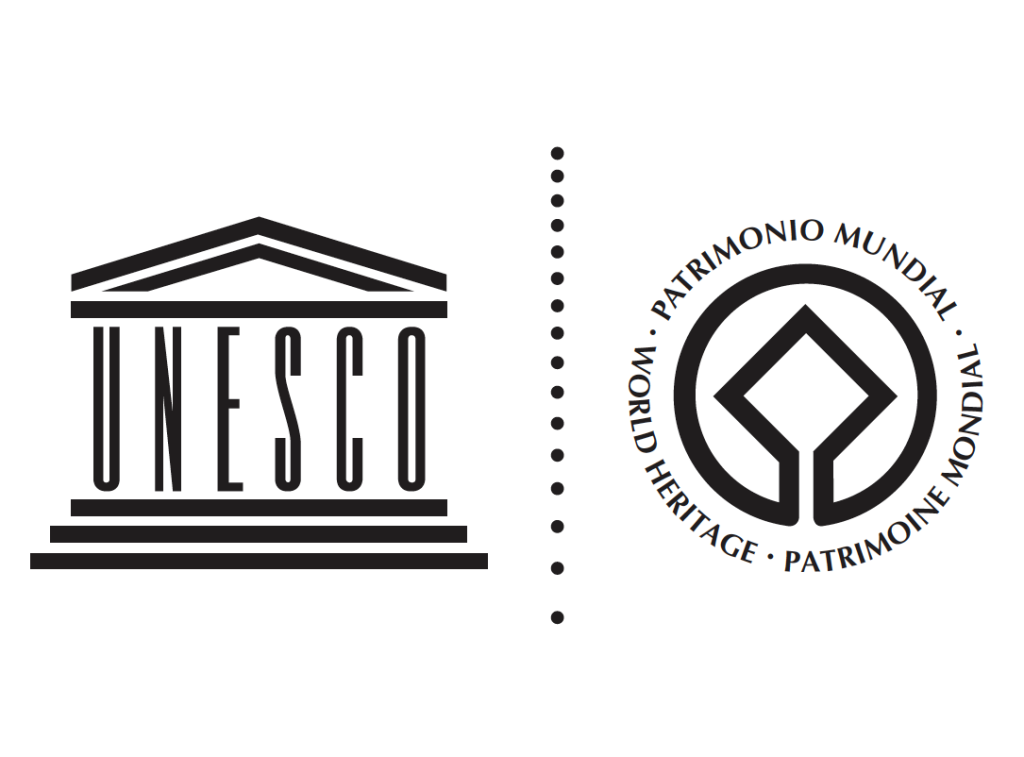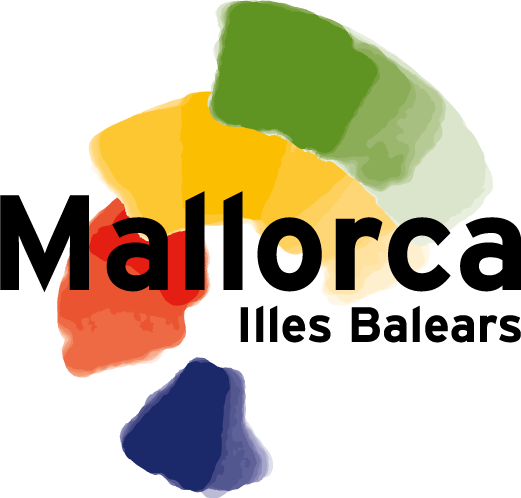Nature and disconnection in Escorca
Nature, Climate and Landscapes
Enjoy the weather and the scenery
One of the most valuable and emblematic spaces on the island of Mallorca is the Serra de Tramuntana. This place has been recognized for its natural and cultural values on several occasions: in 1972 as a Scenic Landscape, in 2007 as a Protected Natural Area with the figure of Natural Sanctuary, and in 2010, UNESCO awarded it the title of World Heritage . Escorca is located in the center of the Serra, being the municipality that covers the most extension.
The diversity of the landscape, with leafy oaks, sunny pine groves, reed groves, olive groves, and the variety of habitats favor a high biodiversity. One of the most remarkable aspects is the wealth of endemic animal and plant species.
Animals you can observe
Fauna of Escorca
More than 4200 species of animals, plants and fungi have been described in the Serra de Tramuntana, most of which are found in Escorca.
The geological, climatic and biological conditions, together with the good state of conservation of its habitats, favor this high faunal diversity.
- Invertebrates : Highlights include the blood beetle (Timarcha balearica), an endemic species, and the Chinese silk butterfly (Antheraea pernyi), introduced in the 19th century.
- Amphibians and reptiles : The woodpecker (Alytes muletensis) is an endemic species and a natural treasure. You can also find the green toad (Bufonetes balearicus) and the common lizard (Tarentola mauritanica).
- Birds : It is estimated that there are around 140 species of birds in Escorca, including the black vulture (Aegypius monachus) and other birds of prey such as the osprey (Pandion haliaetus) and the peregrine falcon (Falco peregrinus).
- Mammals : Species such as the genet (Genetta genetta), the marten (Martes martes), and chiropterans or bats stand out. Invasive species such as the raccoon (Procyon lotor) and the coati (Nasua nasua) have also been detected.
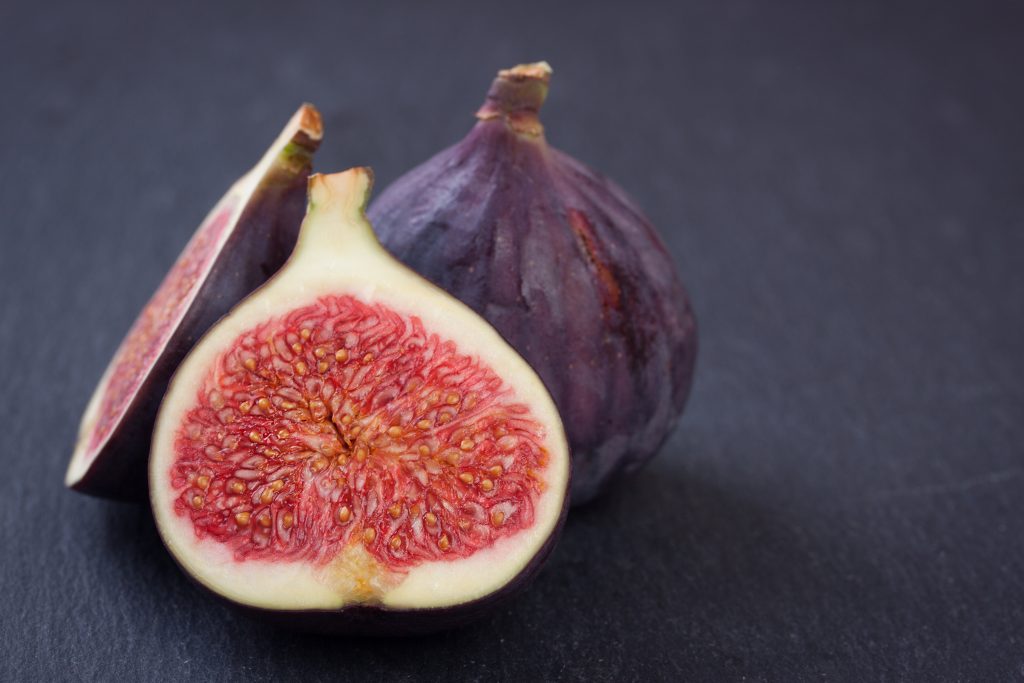
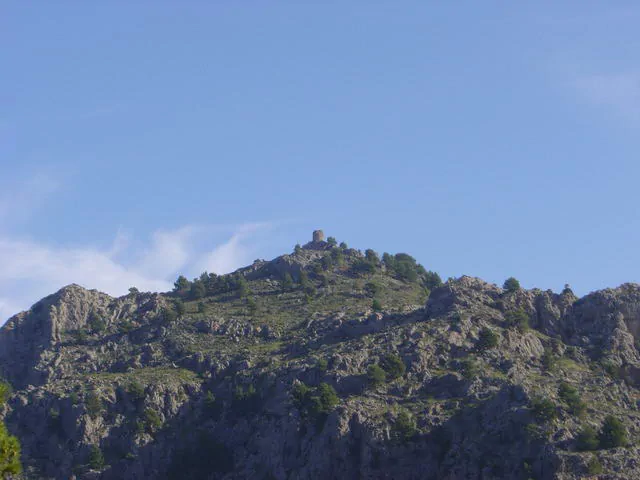
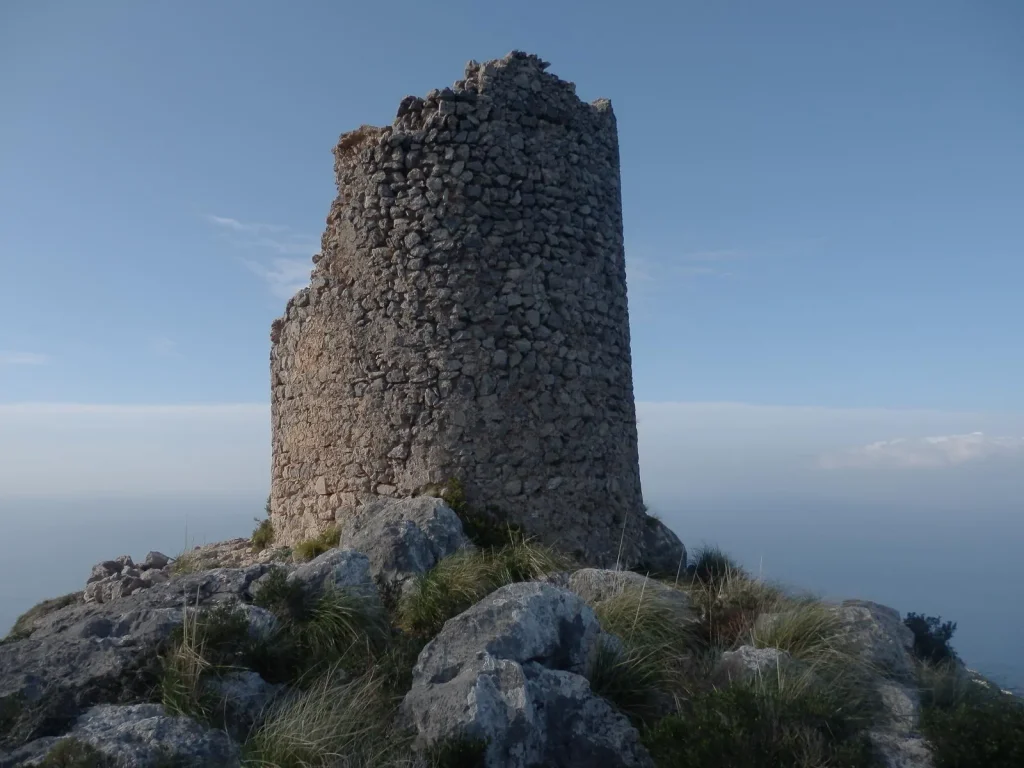
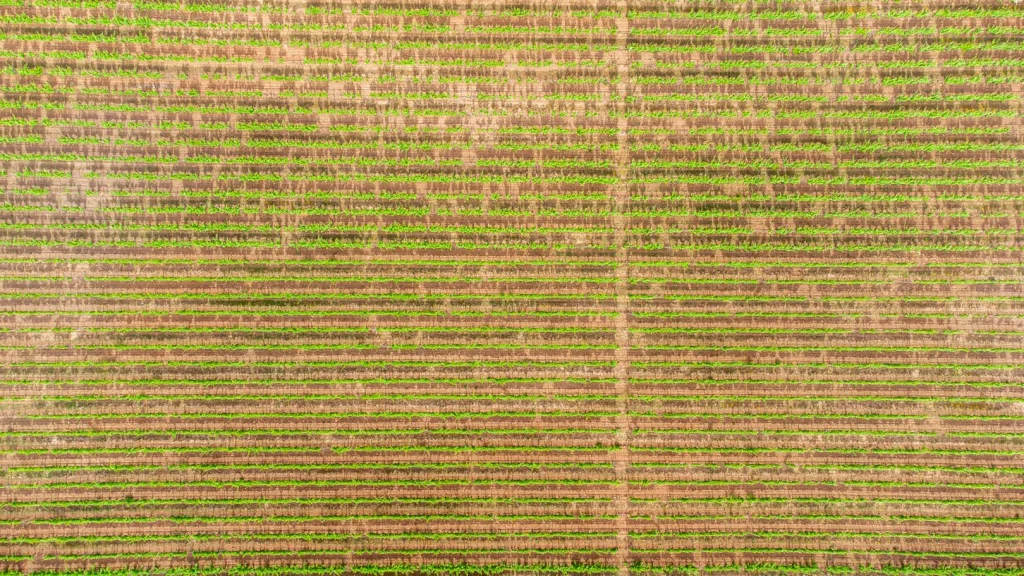
Natural Spaces
The Natura 2000 Network is a European ecological network created to conserve natural habitats and species of wild flora and fauna. It includes Special Conservation Areas (ZEC) and Special Protection Areas for Birds (ZEPA).
Public Estates
The public estates managed by the Ministry of Agriculture, Environment and Territory include Binifaldó, Menut, Cúber, Miner Gran, Mortitx, Sa Coma des Prat and Ses Figueroles. The Island Council of Mallorca manages Son Amer, Son Massip and Tossals Verds.
Recreational areas
Recommendations for keeping Escorca clean
- Use lunch boxes instead of single-use plastic plates, cups and cutlery.
- Extinguish cigarettes well and keep the cigarette ends.
- Take the waste home and separate it properly.
PLANTS TO OBSERVE
Flora and Vegetation
Escorca is the largest municipality in the Serra de Tramuntana and preserves a large part of its territory intact, with exuberant and leafy vegetation. The oaks of Son Massip stand out, which occupy shady and humid slopes and plains, and the pine and scrub forests which are brighter and denser.
- Oak trees : They form the undergrowth with species such as sedge (Ruscus aculeatus), heather (Erica arborea) and bay laurel (Viburnum tinus).
- Pine groves and thickets : They include the mastic (Pistacia lentiscus), the white cattail (Cistus albidus) and the rosemary (Rosmarinus officinalis).
- Altitudes : Species such as Hypericum balearicum and Phlomis italica adapt to higher altitudes and temperature contrasts.
- Peaks : Thorny pads such as Astragalus balearicus dominate the landscapes near the peaks.




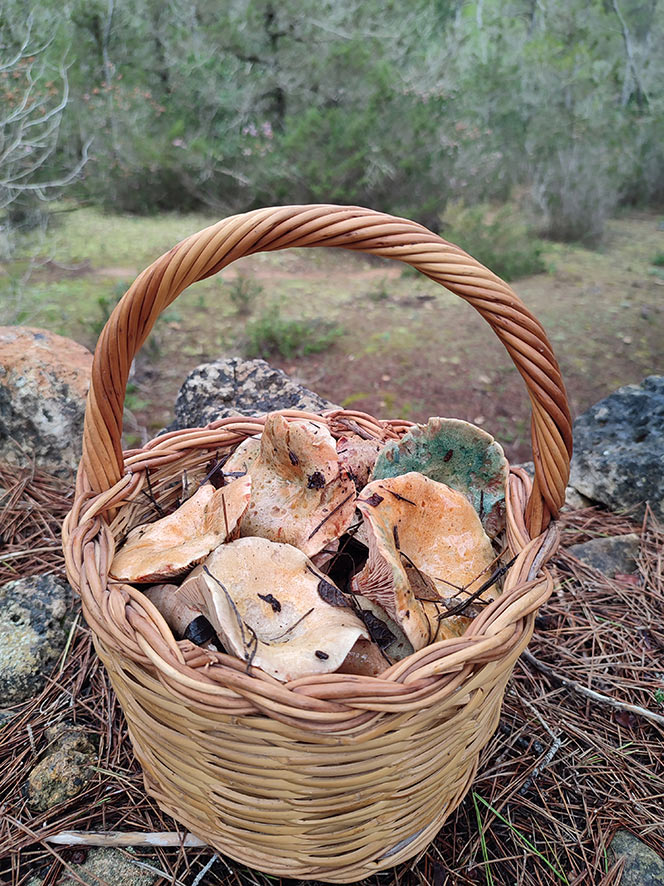
Mycology
Escorca is one of the most important places of mycological interest in the Balearic Islands, thanks to its diversity of plants and habitats, together with a high rainfall regime. Hundreds of people come to look for mushrooms during the mycological season.
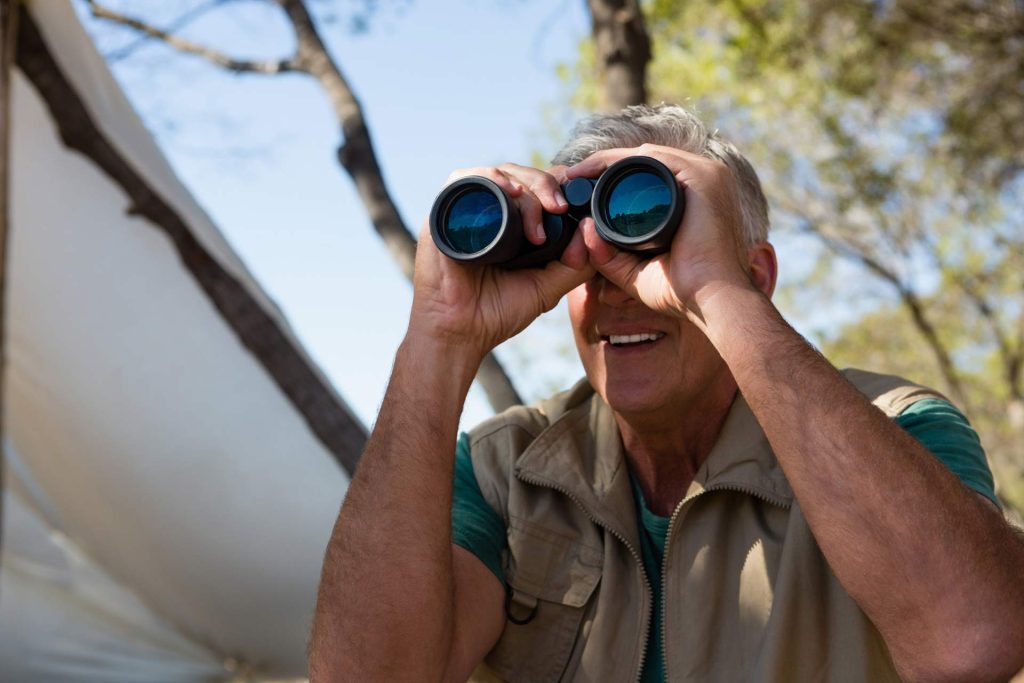
Bird watching
Escorca is one of the best places on the island for bird watching, with around 140 species that frequent the municipality. It is a key destination for birdwatchers, encompassing two SPAs declared to be nesting sites for the black vulture (Aegypius monachus).
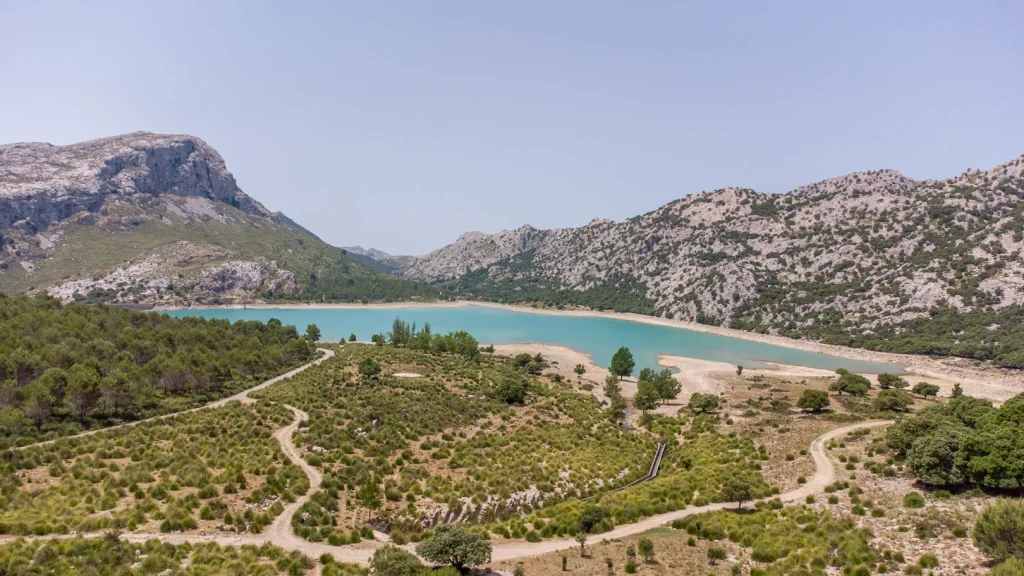
Landscape viewpoints
The road between Sóller and Lluc, inaugurated in 1961, is one of the most attractive and touristic routes on the island, with authentic viewpoints from where you can enjoy impressive landscapes of the mountain range. It is a narrow road with poor visibility, so extreme caution must be taken when driving it.

